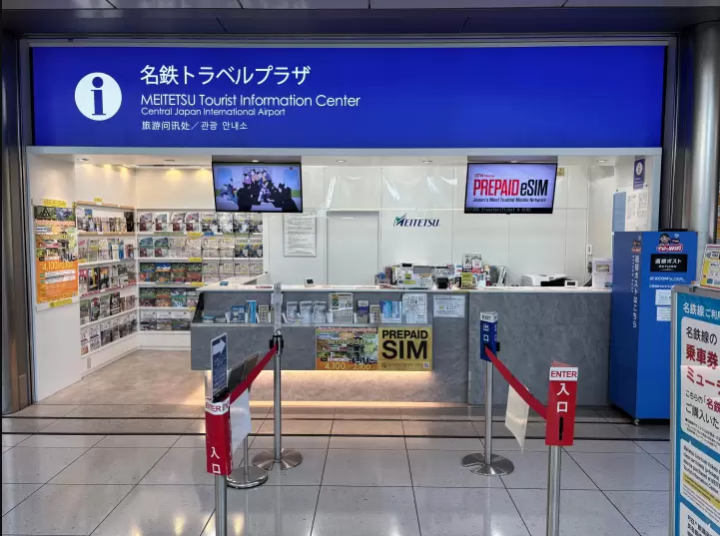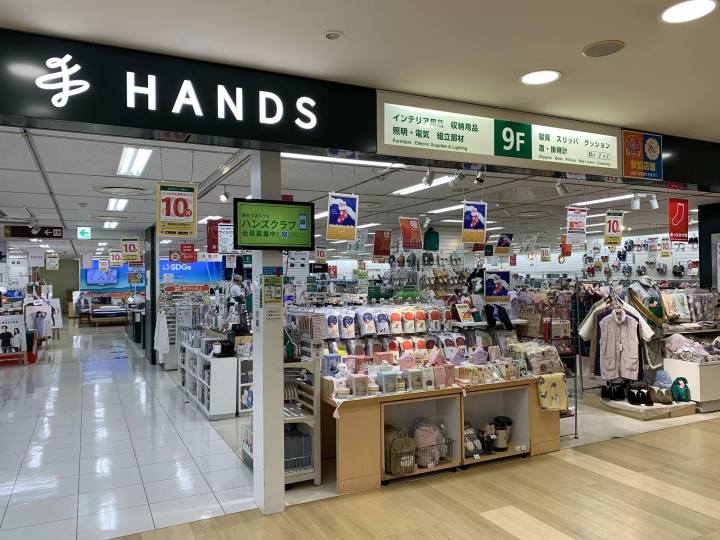The 3rd Japan Annual-International Art Festival: Connecting the World with Japan’s Beauty and Spirit at Expo 2025 Osaka, Kansai

The 3rd Japan International Art Festival / Osaka-Kansai Expo Exhibition will be held from July 2nd (Wed) to July 6th (Sun) at the EXPO Messe "WASSE" in the Osaka-Kansai Expo site! There will be 106 booths from 54 organizations. The theme will be "Japanese beauty and spirit connects the world" and will be transmitted to the world.
Introducing some of the exhibits at "EXPO Messe (WASSE)" at the Osaka Kansai Expo!
The Yumeshima New Industry and Urban Creation Organization (Inc.) is hosting the "3rd Japan International Art Festival / Osaka-Kansai Expo Exhibition" at the EXPO Messe "WASSE" in the Osaka-Kansai Expo site from July 2nd (Wed) to July 6th (Sun), including Japan Day on July 3rd (Thurs), which is Japan's national day!
There will be 106 exhibiting booths from 54 organizations.
Ninna-ji Temple, To-ji Temple, Shogoin Temple, Kennin-ji Temple, Gotenji Temple, Nishi Hongan-ji Temple, and Enryaku-ji Temple on Mount Hiei will be exhibiting in the "Japan's Greatest Beauty and Spirit" zone. This is the only time that these head temples, which are respected around the world and have a history of over 1,000 years and hold many of Japan's national treasures, will be exhibiting at the Osaka-Kansai Expo.
The exhibition will feature artworks using traditional Japanese techniques, up-and-coming contemporary art, Japan's rich regional culture and tourism resources, and technologies for the future society.

The exhibition will be organized around four grouping themes.
Area A: Japan's finest beauty and spirit
Area B: Art that connects the world and creates the future
Area C: The rich culture and natural attractions of Japan's regions (tourism and luxury tourism)
Area D: Well-being & SDGs + Beyond A bright and vibrant future society
Event Dates | Wednesday, July 2, 2025 to Sunday, July 6, 2025 *Thursday, July 3 is Japan Day, Japan's national day.
Event time | 10:00-20:00 *10:00-12:00 on Sunday, July 6, 2025
Free admission to "EXPO Messe (WASSE)" *Admission ticket required to enter the Osaka-Kansai Expo site
Purchase tickets here (Osaka-Kansai Expo ticket purchase site)
Exhibition contents to be introduced
-
Table of Contents
- World Heritage Site Ninnaji Temple, Head Temple of the Omuro School of Shingon Buddhism
- World Heritage Site: Toji Temple (Kyoogokokuji Temple), the head temple of the Shingon sect
- Honzan Shugendo sect head temple Shogoin temple gate
- Kenninji Temple
- Head temple of the Sennyu-ji sect of the Shingon sect, Sennyu-ji Temple
- World Heritage Site: Ryukokuzan Honganji Temple (Nishi Honganji Temple)
- Tendai sect head temple, Enryakuji Temple on Mount Hiei
- YUMEKOUBOU GALLERY
- Japan Waguri Council
- Aoki Shofuan Co., Ltd.
- Stationery Market Co., Ltd.
- Koken Murata
- Yamamoto Noh Theater
- Doshisha University Faculty of Culture and Information Science’s Social Robotics Lab
- About the Japan Annual-International Art Festival
World Heritage Site Ninnaji Temple, Head Temple of the Omuro School of Shingon Buddhism

① In the "Past Corner," a timeline and panels will introduce the history of Ninna-ji Temple since it was founded in 888. The exhibit will clearly show the path that Ninna-ji Temple has taken, including its relationship with the Imperial Family and the story of how the temple was rebuilt after overcoming the Onin War. Videos and photos will also be used to introduce the charms of Ninna-ji Temple, such as the Omuro Sakura cherry blossoms and the unique layout of the temple.
② In the "Current Corner," we introduce the culture and activities that are still passed down at Ninna-ji Temple. Actual Omuro-ryu Ikebana works are on display, as are ritual implements used in Kongo-ryu Goeika, and you can even try out chanting Goeika through audio. We also display photos of Ninna-ji Temple in each season, such as the Omuro cherry blossoms in spring, the autumn leaves, and the snowy scenery in winter, as well as photos of national treasures and important cultural properties. We also introduce the nature and worship culture of Mt. Joju, the mountain behind the temple.
③ In the Future Corner, we will have an experiential exhibit that utilizes the latest technology. The National Treasure "Seated Yakushi Nyorai Statue" will be 3D scanned and a replica will be reproduced using the latest 3D printing technology. Visually impaired people will be able to touch the statue and feel its appearance. In addition, we will also provide an experience of a "virtual trip" from the Expo site to Ninna-ji Temple using VR goggles. This is a special experience where you can view the Buddha statue and the interior of the temple, which are usually not open to the public, in a virtual space.
Come experience the form of prayer that has been passed down through the ages and a vision for the future.
World Heritage Site: Toji Temple (Kyoogokokuji Temple), the head temple of the Shingon sect
Exhibition theme: [Japan's Largest Ancient Pagoda]

The head temple of the Shingon sect. In 794 (Enryaku 13), when Emperor Kanmu built Heian-kyo, it was founded two years later to the east of Rajomon Gate to protect the nation. In 823 (Kōnin 14), it was bestowed upon Kobo Daishi by Emperor Saga. The lecture hall (Important Cultural Property) houses 21 Buddhist statues called a three-dimensional mandala, with Dainichi Nyorai at the center. The main hall (National Treasure) houses the Yakushi Triad (Important Cultural Property), the principal image of the temple. The Miedō Hall (National Treasure) was the residence of the Daishi during his lifetime, and houses a statue of Kobo Daishi (National Treasure) and a statue of Acala, the secret Buddha image that the Daishi held in his memory (National Treasure). The five-story pagoda (National Treasure) was rebuilt by Tokugawa Iemitsu and is the tallest in Japan at 55 meters tall. The Treasure Museum houses many national treasures and important cultural properties. In December 1994, it was registered as a World Heritage Site as part of the "Historic Monuments of Ancient Kyoto." At the Messe venue, we will be introducing the national treasures, the Five-Storied Pagoda and Toji Temple.
Honzan Shugendo sect head temple Shogoin temple gate
Exhibition theme: Honzan Shugendo

Are you familiar with Shugendo, a sect that has flourished in Japan since ancient times? Founded by En no Gyoja (634-701), Shugendo was born from the fusion of mountain worship with Buddhism, Shintoism, and Taoism. It spread to every corner of Japan from the Heian to Edo periods, and had a major impact not only on the world of faith but also on Japanese culture itself through the help it provided to people. Although it once died down due to oppression during the Meiji period, the rituals are still passed down in Shugendo temples around the country today, and traditional mountain training is carried out in sacred mountains. Shogoin Monzeki in Kyoto is the head temple of Honzan-ha Shugen, the oldest Shugendo sect, and has continued to pass down the teachings of En no Gyoja to this day. At this venue, we will introduce a part of the world of Shugendo through exhibits such as the history of Shogoin, Buddha statues, ritual implements, and training scenes in the mountains. We hope you will enjoy the exhibition, which depicts the rise and hardships of Shugendo, the mercy and scolding of the Buddha when he receives prayers, and the profiles of the Shugenja (Yamabushi) who dedicate themselves to training, and experience the true images of the Yamabushi who still live among the people today, and the teachings of Shugendo that continue to flow in people's hearts.
Kenninji Temple
Exhibition theme: [Treasures of Kenninji, Kyoto's oldest Zen temple]

Kenninji is the oldest Zen temple in Kyoto, built in 1202, modeled after Mount Baizhang in Song China, with the grounds donated by Shogun Minamoto no Yoriie and Zen Master Eisai as its founder. Zen Master Eisai is known as the "father of tea" for spreading the culture of tea in Japan. The "Wind God and Thunder God Screen" was painted by Tawaraya Sotatsu, who is considered the founder of the Rinpa school. Although the painting does not bear a signature or seal, it is considered to be an authentic work by Tawaraya Sotatsu, and is considered to be his greatest masterpiece from his later years, and has been designated a National Treasure. The two-panel screen is covered entirely in gold leaf, with the wind god on the right panel and the thunder god on the left panel. The item on display at the venue is a high-resolution replica, and the original is on loan to the Kyoto National Museum.
Head temple of the Sennyu-ji sect of the Shingon sect, Sennyu-ji Temple
Exhibition theme: "Prayer for the future (transcending 800 years of time to the future)"

Sennyuji Temple, located in Higashiyama, Kyoto, has been a place of quiet prayer for 800 years as a temple associated with the Imperial Family. This booth will introduce the long history of Sennyuji Temple, as well as how the "spirit of prayer" that lives there is connected to us living today and the future.
Through the beautiful scenery of the temple complex colored by the four seasons, and the traditional Buddhist ceremonies, culture, and architecture that have been passed down through the generations, this exhibition allows visitors to experience the meaning of "prayer" in modern times and the importance of facing peace of mind.
To the future - the spirit of prayer will continue to connect people.
World Heritage Site: Ryukokuzan Honganji Temple (Nishi Honganji Temple)
Exhibition theme: [A place where anyone can just be.]

This temple has two halls: Goei-do (national treasure), which houses a statue of Saint Shinran, the sect's founder and the world's largest wooden building, and Amida-do (national treasure), which houses a statue of Amida Nyorai. There are also many other national treasures and important cultural properties, such as Hiunkaku and Shoin (national treasures), so please come and experience some of the charms of Honganji Temple.
The "Hongan" in the temple's name refers to the wish of Amida Nyorai, the temple's principal image, to "save all people." People who are trying their best, people who find it difficult to try their best, people who have worries, people who regret something. Amida Nyorai is a Buddha who saves everyone, without leaving anyone behind. This equal salvation is connected to the existence of Honganji Temple, with its two halls that anyone can enter.
We want our temple to be a place where everyone can spend their time relaxing in their own way within the hall. We want our temple to be an open place that is there for all people throughout their lives.
Tendai sect head temple, Enryakuji Temple on Mount Hiei
Exhibition theme: [1200 years of thoughts and culture, passed down to the future]

Hieizan Enryakuji Temple was founded by Dengyo Daishi Saicho 1,200 years ago. The "Eternal Flames" shine in Konpon Chu-do, a national treasure and the main temple, and the entire mountain itself is a sacred area for training, producing many high priests. In 1994, it was registered as a World Heritage Site due to its historical value. At the Japan Annual-International Art Festival, a miniature of the "Eternal Flames," a symbol of the spirit of Dengyo Daishi Saicho that has been preserved and passed down for 1,200 years, will be exhibited as something to be passed on to the future, and a booth will be set up where visitors can copy sutras in front of a tapestry of Important Cultural Property Kannon Bodhisattva, allowing them to experience a part of this very training. In addition, given there are many things that need to be preserved as cultural assets, Enryakuji Temple has been undergoing major renovation of the National Treasure Konpon Chu-do since 2016 and will take a period of 15 years to complete. During renovation, the temple is being examined from various angles in order to restore it to its original appearance from the time of its reconstruction. A video introducing this process will be shown, and sculpture replicas, with vivid coloring restored using the latest technology, will be on display. Visitors can also use their smartphones to view Konpon Chu-do during actual repairs with AR and VR technology and see the completed renovation from various angles, allowing them to experience this historic project first-hand.
YUMEKOUBOU GALLERY
Exhibition theme: YUMEKOUBOU GALLERY Group Show “Timeless Dialogues”

YUMEKOUBOU GALLERY operates out of three spaces in Kyoto, Hong Kong and Paris.
The flagship Kyoto store is located in a historic building over 150 years old, quietly standing on the banks of the Shirakawa River on Gion Shinmonzen Street.
In the entrance to the gallery, a bamboo installation by affiliated artist Chikuunsai Tanabe IV welcomes visitors.
From this tranquil space, we continue to promote the diverse expressions of contemporary Japanese art and crafts both domestically and abroad. We pursue creative possibilities that transcend materials, techniques, and ideas, working alongside artists who are rooted in tradition but unafraid to take on new challenges.
This exhibition, entitled "Timeless Dialogues," brings together 12 contemporary artists using a variety of techniques, including ceramics, bamboo, lacquer, and painting. Each work does not stand alone, but weaves a multi-layered dialogue between the past and the future, the East and the West, and nature and the artificial.
"Timeless Dialogues" is a place of deep contemplation and quiet challenge, the act itself of connecting people and cultures through form, transcending time.
The diverse line-up of artists participating in the exhibition includes Daisuke Ishizuka, Naoki Onogawa, Gizan Katoh, Yudai Kitaura, Chikuunsai Tanabe IV, Mugi Nakajima, Yuka Nishihisamatsu, Kansuke Fujii, Ren Fujii, Kazuya Furutani, Jeyoon Ryu, and Seiko Wakasugi. Every one of them has a keen sensitivity to materials and motifs with unique interpretations, developing free-spirited expressions that transcend the boundaries of time and culture.
Each individual artwork leaves a strong impression on the viewer, and at the same time, the venue as a whole raises the common question: "What can we share from Japan, here and now?" This is not merely an exhibition of works, but an attempt to create a space for cultural dialogue.
In today's world where diversity is loudly called for, reexamining the roots of culture and expression is an important starting point for envisioning the future. Through this exhibition, YUMEKOUBOU GALLERY hopes to convey the interactivity, temporality, and imaginative potential of art in a way that will deeply resonate with each and every visitor.
Japan Waguri Council

◆Regenerative urban development envisioned through "regional will-driven principles" Shungado Co., Ltd., which is celebrating its 138th year since its founding, not only manufactures and sells Japanese and Western confectionery such as "Unagi Pie," but also develops various businesses while valuing local connections, relationships, and playfulness. As one of its businesses, in response to the fact that Japanese chestnuts, a valuable agricultural product of Kakegawa, Shizuoka Prefecture, are at risk of disappearing due to a lack of successors and the aging of farmers, Shungado launched the "Enshu Japanese Chestnut Project" in July 2022 with nine companies and organizations in the Enshu region. Shungado sells about 20,000 steamed chestnut yokan and sweets made with chestnuts every year, but about 20 years ago, it stopped using chestnuts from Kakegawa and switched to chestnuts from outside the prefecture due to the difficulty of obtaining a stable supply of chestnuts from Kakegawa. In order to promote the sustainable development of chestnut farmers and the region, the company is promoting this project with the aim of creating a "WAGURI" brand that can be used worldwide by making Kakegawa chestnuts known to the local community and further collaborating with chestnut farmers across Japan.
◆
Linking production and the future across regions and generationsTo achieve this ambitious goal, the organization is collaborating with like-minded companies from different industries in the Enshu region, local governments, agricultural cooperatives, and university institutions to support agriculture by establishing five specialized committees (production/research/technology/events and commerce/public relations and human resources) in 2024. Based on the philosophy of "regional purposism," the organization is building an innovative, inclusive community by promoting co-creation across production, government, academia, and agricultural industries and expanded our partnership to 51 organizations in February 2025, establishing the Japan Waguri Council, a general incorporated association.
We feel there is an affinity between the Japan Annual-International Art Festival's mission of "Sharing the beauty and spirit of Japan to the world and creating the future" and the work we, the Japan Waguri Council, are doing. For this event, we are aiming to fuse "Japanese chestnuts" with "tea ceremony culture," which celebrates the refined spirituality and aesthetics unique to Japan, and will apply the prestigious format of a "chaji" (tea gathering) to hold a one-of-a-kind "Japanese Chestnut Tea Gathering," where two regional assets, "tea" and "Japanese chestnuts," can be enjoyed simultaneously.
Aoki Shofuan Co., Ltd.
Exhibition theme: Create Your Own Future Taste Experience with Japanese Sweets

At the EXPO Exhibition Center at Expo 2025, we have prepared a booth where you can experience new possibilities of wagashi, traditional Japanese sweets. In this space that combines traditional techniques with future technology, you can experience the creativity and depth of culture that wagashi have. First, in the "One-of-a-Kind Original Tsukigesho" corner, you can freely draw pictures and letters using a tablet to print them on a custom-made Tsukigesho confection. You can experience the fun of making your own special wagashi on the spot. Next, in the hands-on corner, you can choose three types of red bean paste from more than 10 types and sandwich them between two monaka wafer shells to enjoy and discover new flavor combinations. The red bean paste, which has diverse flavors much like gelato, makes you feel the infinite possibilities of wagashi. Additionally, we will also have an exhibit where you can learn more about the charm of red bean paste made from beans produced in Hokkaido. Along with videos, you can explore the secret of how beans are transformed into bean paste and become the core of Japanese sweets. Through these experiences, discover a new future in the tradition of wagashi and enjoy the charm of its culture once again.
Stationery Market Co., Ltd.
Exhibition theme:The world of Japanese stationery and traditional craftsmanship

In order to bring "Japanese craftsmanship" to the world, we are setting up a passion-filled joint booth with our challenge-driven colleagues. Stationery, miscellaneous goods, crafts - we will create a space where Japanese art and sensibility, brought together across genres, are not just "shown" but "felt." The intent placed into our products, the stories behind them, and the experiences that unfold when you use them. Through all of this, we will create an exhibition that will move the hearts of visitors from all over the world.
Koken Murata
Exhibition theme: Koken Murata Exhibition "Amaterasu’s Blessing" - The Power of Life Created by Light and Water
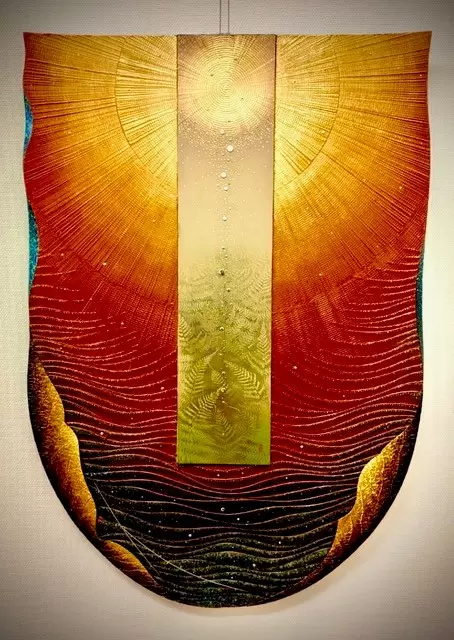
"Amaterasu's Blessing" is a solo exhibition with a theme surrounding the power of life brought about by water and light.This exhibition delves deep into how water and light, the gifts of nature, affect our daily living and minds.Water is the source of life, an essential to our bodies and the environment.Light colors the world through our vision, bringing warmth and hope to our hearts.The exhibited works utilize a variety of expressive methods, including traditional lacquer art techniques, and will offer viewers new perspectives.I hope that through my works, you can experience the beauty and mystery of nature.Nothing would give me greater joy than if my works can inspire viewers to deeply reflect on their own emotions and thoughts. In this special space, we will carefully create a warm and welcoming atmosphere so that visitors can relax and approach these works with an open heart.We hope that "Amaterasu's Blessings" will provide an opportunity to reaffirm the preciousness of water and light, which we tend to overlook in our daily lives, and to feel the power of life.Take this opportunity to enjoy a moment that nourishes the heart in this mysterious space.We look forward to seeing you during your visit.
Yamamoto Noh Theater
Exhibition theme: Welcome to the world of Noh, a UNESCO Intangible Cultural Heritage!

Nohgaku, or simply Noh, is a traditional performing art that represents Japan and was the first to be registered as an intangible cultural heritage by UNESCO. It is the oldest surviving masked theater in the world, having been performed and passed down without pause since it was perfected about 700 years ago. It was perfected 200 years before Shakespeare with Zeami, an actor and playwright, leaving behind the oldest theory on theater that continues to influence culture both in Japan and abroad. Within it, the values and spirituality of the artist himself, who lived in harmony with nature, are still carefully conveyed. We hope that people from all over the world will be able to experience the charm of Nohgaku, one of Japan’s greatest treasures protected by the samurai.
Doshisha University Faculty of Culture and Information Science’s Social Robotics Lab
Exhibition theme:Talk with robots, a bright future of life

This is an interactive demonstration where visitors can think about "a future society where life shines" through dialogue with three robots equipped with cutting-edge AI technology. The theme is "Well-being, SDGs, and Beyond." The robots will exchange opinions from different perspectives on future values, coexistence, the role of technology, and more. Participants can explore together what the future society holds by listening to the discussion and occasionally asking questions. Experience the possibilities of a new society where people and AI co-create through dialogue.
About the Japan Annual-International Art Festival
The Japan Annual-International Art Festival, organized by the Yumeshima Organization to Create New Industry and City, follows the 1st Japan Annual-International Art Festival, held in 2023, and the 2nd Japan Annual-International Art Festival, held in 2024. The 3rd Japan Annual-International Art Festival will be held over six months from April 13 to October 13, 2025 during the Expo 2025, Osaka, Kansai, Japan, with 158 participating countries and regions and seven international organizations. The festival will network with the Expo site, Kyoto, Kansai, and the entire country.This art festival, which has also been selected for the "Japan Cultural Expo 2.0" (commissioned project), will contribute to creating a virtuous cycle between culture and the arts, the economy and society, and a well-being future in which life shines.
With the mission of "Co-creation of art, design, science, technology and economy - conveying the beauty and spirit of Japan to the world and creating the future", the expo will be held for the same six months as the Osaka-Kansai Expo, which will see the participation of 158 countries and regions and seven international organizations, and will network with the Expo site, Kyoto, Osaka, Kansai and the whole country to contribute to creating a virtuous cycle between culture and arts, and the economy and society, and a well-being future in which life shines. We hope that the Osaka-Kansai Expo will serve as an opportunity to expand the circle of co-creation of diverse culture and arts, science and technology, and economy with countries around the world.
The contents on this page may partially contain automatic translation.





















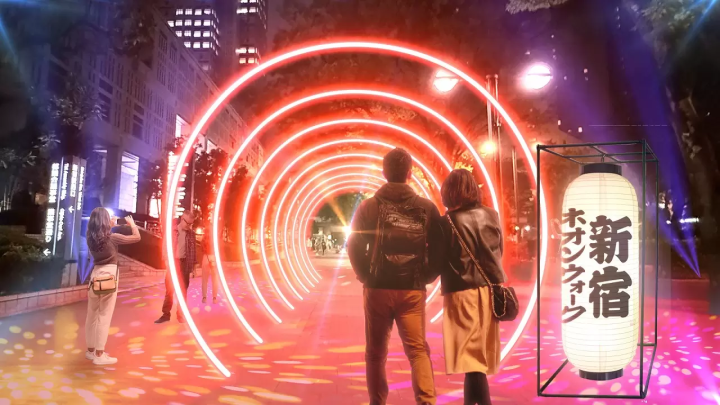
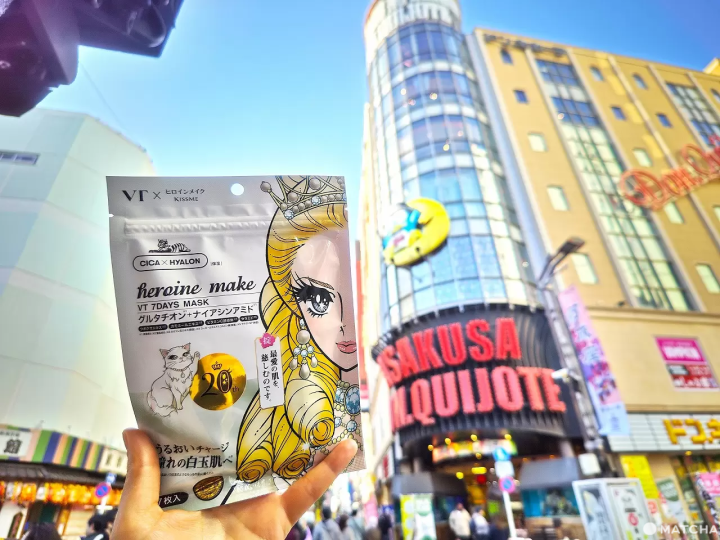
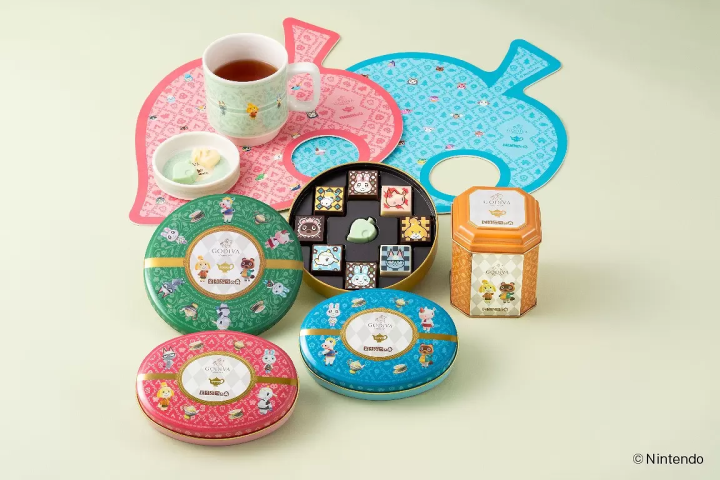
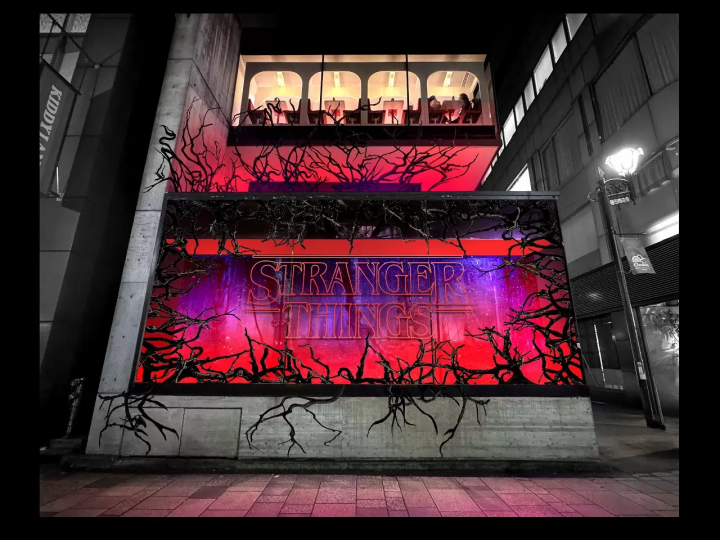
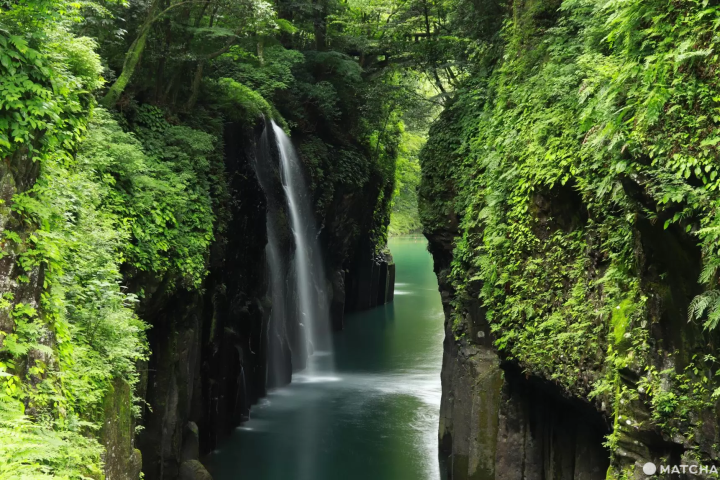




![[Wakayama Sign] Plums and plum wine](https://resources.matcha-jp.com/resize/720x2000/2025/12/08-252248.webp)
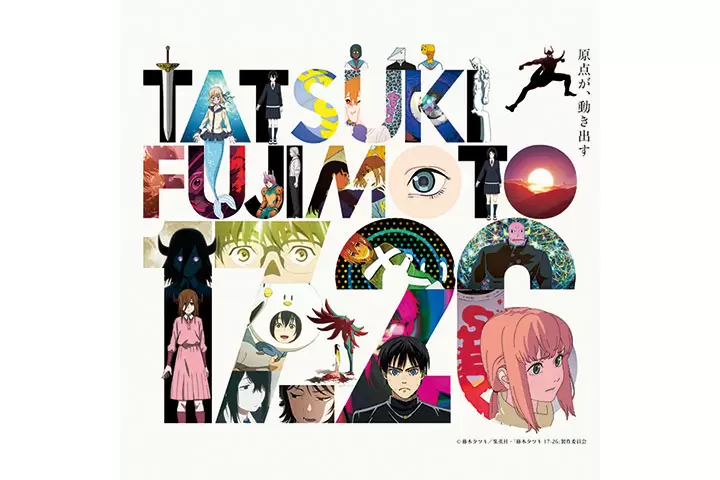
![[2025 Update] Introducing free Wi-Fi spots in Tokoname City , Aichi Prefecture](https://resources.matcha-jp.com/resize/720x2000/2025/12/16-253074.webp)
